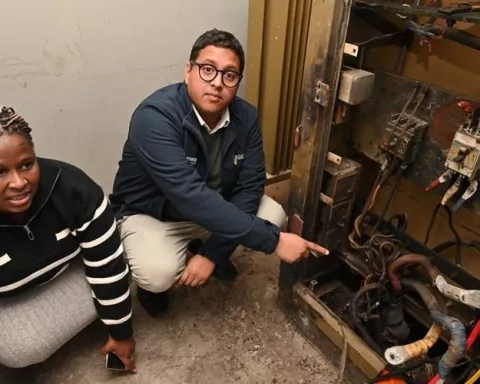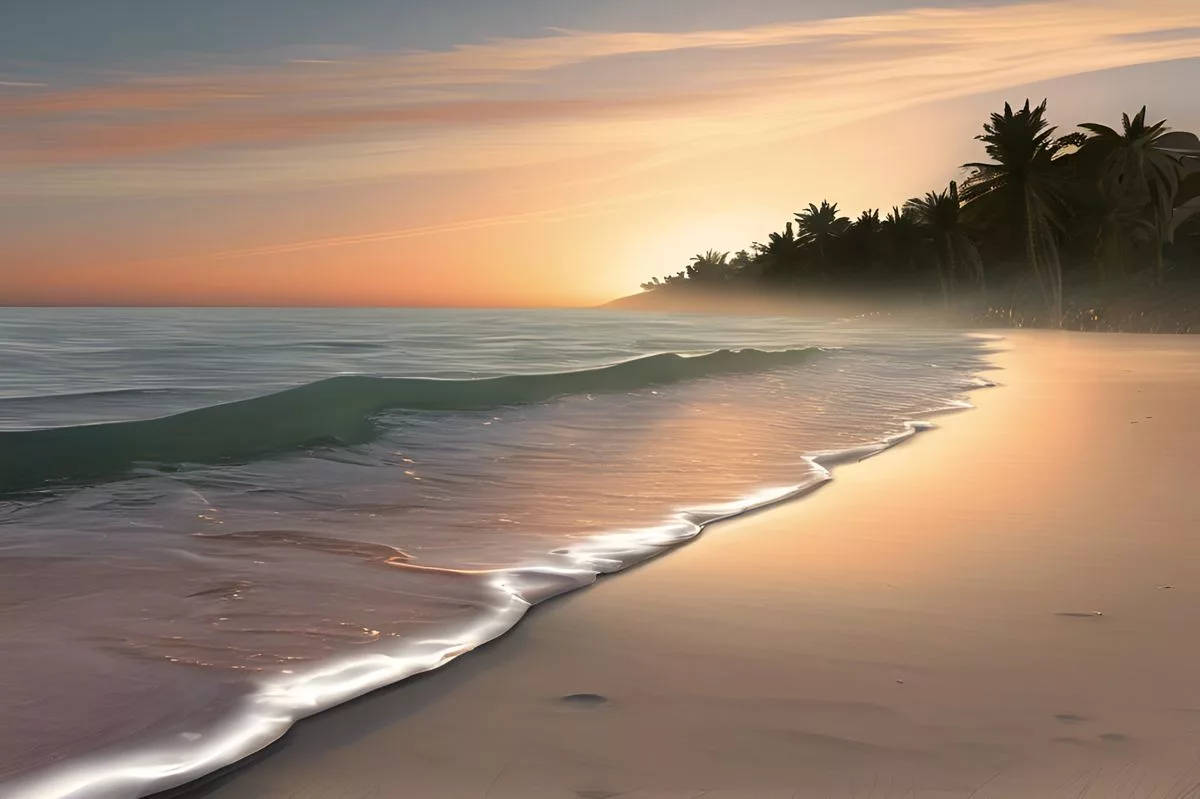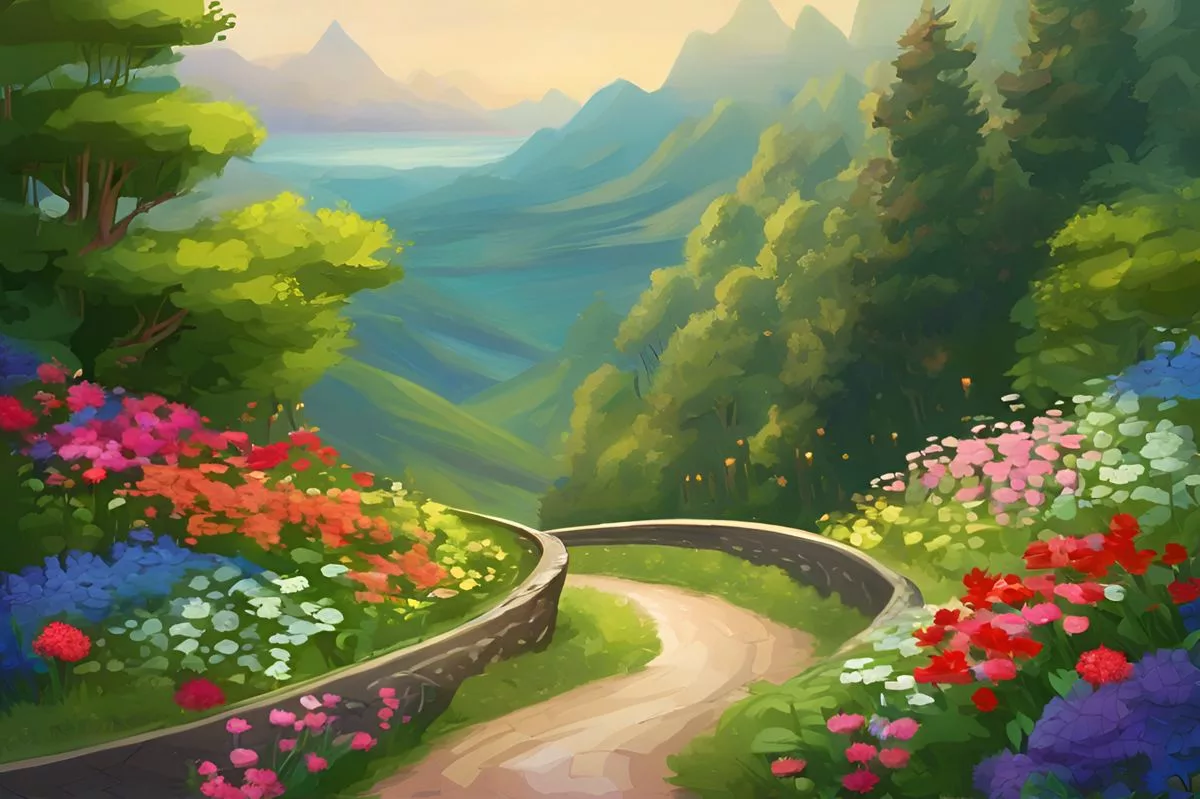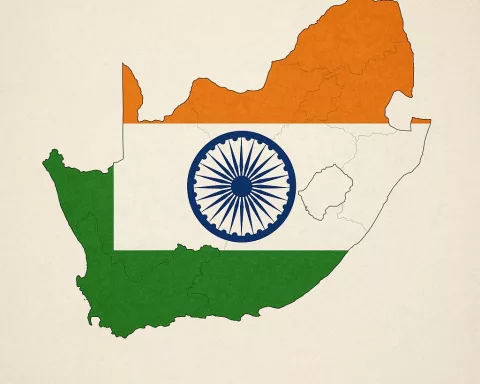The Green Point Marine Outfall incident in Cape Town showed how fragile urban infrastructure can be. On September 25, 2024, several pumps failed during maintenance, leading to a sewage discharge into the ocean. This situation taught the city important lessons: infrastructure needs to be strong, quick responses matter, clear communication builds trust, and urban systems should work in harmony with nature. Moving forward, Cape Town is taking steps to improve its water management, aiming for a better balance between city needs and environmental care.
What were the key lessons from the Green Point Marine Outfall incident?
The Green Point Marine Outfall incident highlights crucial lessons in urban infrastructure management:
- Need for Resilience: Infrastructure must be robust and well-maintained.
- Swift Crisis Response: Quick actions are vital to mitigate impacts.
- Effective Communication: Transparency builds public trust.
- Environmental Balance: Urban systems must harmonize with nature.
Unforeseen Breakdown at Green Point Marine Outfall
On September 25, 2024, Cape Town faced a significant urban infrastructure challenge at the Green Point Marine Outfall. During a critical maintenance operation, several pumps unexpectedly failed, revealing the fragility and complexity of urban systems. This incident underscored the city’s need for resilient and robust management of water and sanitation infrastructure.
Dr. Zahid Badroodien, the Mayoral Committee Member for Water and Sanitation, leveraged X/Twitter to communicate the gravity of the situation to the public. He reported that the maintenance process had inadvertently caused two pumps to malfunction shortly after they returned from service. At the same time, two other pumps were already offline for similar maintenance. This sequence of events left the facility with just one operational pump out of the six it housed.
The repercussions were immediate. The compromised system struggled to handle incoming sewage volumes, necessitating an emergency discharge into the ocean. This discharge occurred during peak hours, exacerbating its impact on both the environment and public perception. The incident highlighted the delicate balancing act between urban necessities and environmental responsibility, a theme echoed throughout architectural and engineering feats in history.
Swift Responses and Immediate Actions
In response to the crisis, city officials moved quickly to restore functionality. An additional pump was swiftly brought back online, increasing the number of operational pumps to two. Dr. Badroodien emphasized that critical measures were underway to stabilize the situation. Efforts included repairing another pump to manage the sewage flow and fast-tracking the repairs of a larger pump, expected to be operational by the following week. Moreover, the city initiated the procurement process for an additional backup pump to prevent similar issues in the future.
This incident also triggered a noteworthy administrative and regulatory response. The Department of Forestry, Fisheries, and the Environment received a Section 30 Notice, which is a regulatory requirement for such events. This step demonstrated the city’s comprehensive approach to environmental management, ensuring compliance with national regulations and policies.
The narrative of this incident at Green Point Marine Outfall resonates with historical themes of infrastructure management. Ancient Rome’s advanced aqueducts faced similar challenges, where maintaining these vital structures was crucial to the city’s health and stability. Cape Town’s modern-day water management systems echo these ancient lessons, emphasizing the critical nature of infrastructure upkeep.
Historical Parallels and Modern Challenges
The rapid actions taken to address the incident mirror the resilience seen in various historical and artistic movements. The Renaissance period, for instance, was marked by a relentless pursuit of knowledge and advancements in science and engineering. Innovators of that era faced numerous setbacks but persisted, driving society forward with each breakthrough. Similarly, Cape Town’s swift response to the pump failures illustrates a tenacious and forward-thinking approach to urban management.
Public communication played a pivotal role in managing the crisis. Dr. Badroodien’s use of X/Twitter to provide real-time updates ensured transparency and informed the public, helping to manage concerns. This approach reflects principles of effective leadership and governance, where keeping the populace informed fosters trust and cooperation.
The environmental implications of the emergency discharge cannot be overlooked. These events serve as a stark reminder of the interconnectedness of urban systems and natural ecosystems. The necessary yet unfortunate discharge into the ocean underscores the ongoing struggle to balance human activity with environmental preservation. This delicate equilibrium has long been a theme in artistic and literary works, symbolizing the complex relationship between nature and civilization.
Planning for a Sustainable Future
Looking ahead, the preventive measures taken to avoid similar incidents are crucial. The procurement of an additional backup pump represents a proactive stance on urban infrastructure management. This approach reflects the forward-thinking mindset essential for sustainable development, akin to the visionary perspectives of historical figures like Leonardo da Vinci, who imagined inventions and systems far ahead of their time.
The Green Point Marine Outfall incident provides a microcosm of broader challenges faced by urban centers globally. The need for diligent maintenance, rapid crisis response, and proactive planning is universal. These elements are fundamental to creating resilient and sustainable urban environments capable of adapting to unforeseen challenges.
Examining this incident through multiple lenses offers valuable insights into the broader narrative of human ingenuity and the quest for harmony between civilization and nature. The efforts to repair and enhance Cape Town’s water management system embody this ongoing endeavor, blending historical wisdom with modern innovation.
As the situation evolves, the city’s commitment to monitoring water quality and implementing appropriate signage demonstrates a dedication to public health and environmental integrity. These actions are integral to a comprehensive strategy aimed at protecting both the urban populace and the natural world.
The events at Green Point Marine Outfall shed light on the intricate and often precarious nature of managing urban infrastructure. They remind us of the resilience and adaptability required to navigate the complexities of modern urban life. By blending historical reflection with contemporary analysis, we can appreciate the efforts to maintain and enhance the systems that sustain our cities, ensuring a harmonious coexistence with the natural environment.
In essence, the Green Point Marine Outfall incident serves as a powerful reminder of the delicate balance required in urban management. It highlights the importance of proactive planning, effective communication, and rapid response to unforeseen challenges. Through these efforts, cities like Cape Town can continue to thrive while maintaining the integrity of their natural surroundings.
FAQ: Green Point Marine Outfall Incident and Urban Infrastructure Challenges
What caused the sewage discharge at the Green Point Marine Outfall?
The sewage discharge was caused by the unexpected failure of several pumps during maintenance on September 25, 2024. With two pumps offline for maintenance and two more malfunctioning, only one out of six operational pumps remained, leading to an emergency discharge into the ocean.
What are the key lessons learned from the Green Point Marine Outfall incident?
The incident highlighted several critical lessons for urban infrastructure management:
- Need for Resilience: Infrastructure must be robust and properly maintained.
- Swift Crisis Response: Immediate actions are vital to mitigate impacts.
- Effective Communication: Transparency helps build public trust.
- Environmental Balance: Urban systems should harmonize with nature.
How did city officials respond to the crisis?
City officials responded promptly by bringing an additional pump back online, increasing operational capacity to two pumps. They also initiated repairs on another pump and began the procurement process for an additional backup pump to prevent future incidents.
What role did communication play during the incident?
Communication was crucial in managing the situation. Dr. Zahid Badroodien utilized social media platform X/Twitter to provide real-time updates to the public, ensuring transparency and helping to manage public concerns during the crisis.
How does the Green Point incident relate to historical urban infrastructure challenges?
The incident reflects historical challenges, such as those faced by ancient Rome with its aqueducts. It emphasizes the ongoing necessity of maintaining vital infrastructure for urban health and stability, highlighting that the lessons of the past remain relevant today.
What steps is Cape Town taking to improve its water management systems moving forward?
Cape Town is implementing preventive measures, including the procurement of additional backup pumps and a commitment to monitoring water quality. These efforts aim to enhance resilience, ensure effective management, and foster a sustainable relationship between urban needs and environmental integrity.












